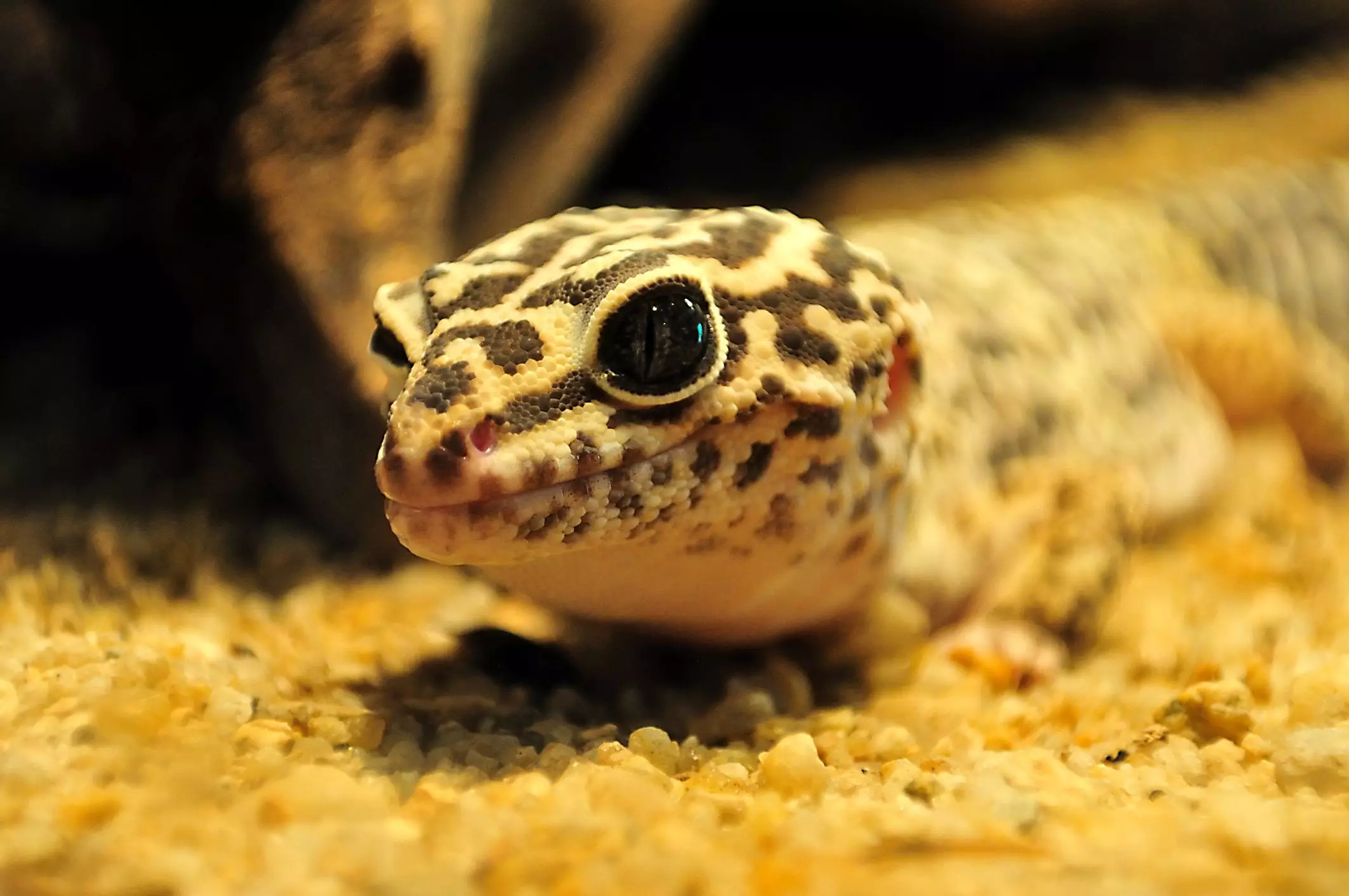Establishing a suitable habitat for your leopard gecko involves several important decisions, one of which is selecting the right substrate. The substrate serves as the ground cover for your gecko’s enclosure, providing a foundation for their lifestyle and health. However, confusion often arises when considering which options are safe and beneficial, particularly for different life stages of the gecko. This article delves into various substrate types, weighing their pros and cons, to help you make an informed decision.
The substrate you choose affects not just the aesthetics of your gecko’s environment, but also its overall well-being. For young leopard geckos, especially those under a year old, safety is the predominant concern. Enclosures for hatchlings and juveniles should prioritize substrates that minimize the risk of ingestion and potential impaction. As your gecko ages, the debate opens up to a wider variety of substrate options, each with their own benefits and drawbacks.
One common choice among leopard gecko owners is paper towels. While perhaps lacking visual appeal compared to more natural substrates, paper towels are advantageous for several reasons. They are highly absorbent, easy to replace, and provide a quick method to monitor your gecko’s health through visible evidence of their eating and bathroom habits. Importantly, paper towels eliminate the risks associated with ingestion, a major concern for young geckos.
However, while paper towels may meet many needs, they do not allow for burrowing, something many geckos natural behavior calls for. If your leopard gecko enjoys digging, alternative options will necessitate consideration.
Sand is a polarizing topic among leopard gecko enthusiasts. Some claims favor sand due to its natural look and its capacity to allow geckos to exhibit their natural burrowing behavior. Conversely, its risks are significant, especially for juvenile geckos which are more prone to ingesting sand while hunting or exploring.
The primary concern with sand is the potential for impaction if ingested, leading to serious health complications that may require vet intervention. The issue is compounded by the dust created when sand is disturbed, which can lead to respiratory issues for your gecko. If you’re considering sand, strict guidelines should accompany its use. Firstly, it should be restricted only to healthy adult geckos, avoiding exposure for juveniles. Furthermore, choosing a fine-grained sand can help mitigate the risks—though it’s crucial to remain vigilant.
To minimize ingestion risks further, consider feeding your gecko in a separate enclosure lined with a safer substrate, such as paper towels. This will reduce the likelihood of sand particles being consumed during feeding times.
Beyond paper towels and sand, there are other substrates worth exploring. For instance, butcher paper or unprinted newsprint can serve as economical alternatives that are safe and easy to clean. These options make it simple to manage waste and maintain hygiene, with the added bonus of being able to easily swap out soiled substrate for clean sheets.
Another noteworthy substrate option is shredded paper bedding, which provides soft material for geckos to burrow in while carrying minimal risk of ingestion. However, it’s essential to keep an eye out for any frazzled threads that could pose a choking hazard.
Interestingly, some gecko owners have taken to using reptile bedding products that present a mix of different particle sizes. However, experts typically advise caution with this choice, as these particles can be easily ingested during feeding. Always be cautious and consider using feeding dishes to decrease the chance of substrate ingestion.
For those looking to create a more naturalistic environment, using smooth stones or slate can provide visual appeal while minimizing the associated risks of traditional substrates. By employing a combination of stones and a minimal amount of sand, you can create a habitat that allows for burrowing while significantly lowering ingestion risks.
That said, one must remain vigilant. Wood chips, corn-cob bedding, and gravel should be avoided due to the potential for injury and other health risks. Such substrates can cause accidental impaction or create sharp edges hazardous to delicate gecko skin.
Choosing the right substrate for your leopard gecko involves careful consideration of their health, safety, and natural behaviors. Each option comes with its own set of advantages and challenges, particularly between juvenile and adult geckos. Paper towels stand out as a universally safe choice, while other substrates like sand should be handled with caution. By weighing your options and remaining aware of the associated risks, you can create a thriving home for your gecko—one that balances their instinctual needs with their health and safety needs.

